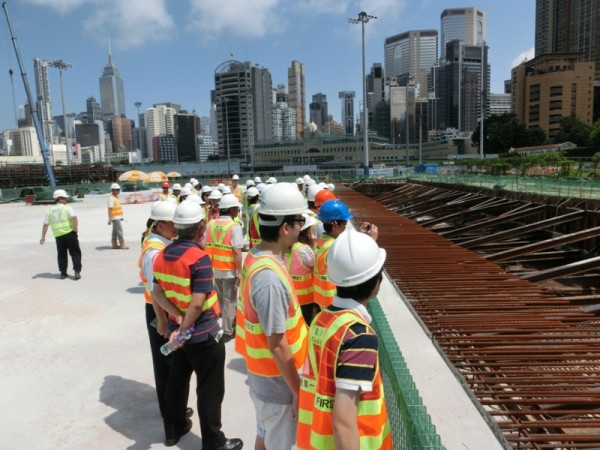These days, health and safety is mentioned in just about anything we do. Whether it’s holding a children’s school sports day, using a paper shredder at work, going up a ladder or even sitting at a work station – the need for proper health and safety procedures is stressed over and over.
While health and safety might be considered overkill at times, there’s no doubt that in certain industries rigorous adherence to health and safety matters a great deal. None more so than in the drainage industry, which has become highly technical and specialised with the advent of newer drainage techniques such as high pressure water jetting and CCTV drain survey equipment.
Drainage worker risks
These are just some of the risks drainage workers have to work with every day:
- Working in confined spaces
- Using specialised machinery.
- Working in potentially fragile environments, such as crumbling drain structures
- Working in close proximity to hazardous gases, liquids and other substances
The above means great care has to be taken to protect the drainage worker along with other people and property in the immediate area.
Drain worker training
Proper training is of course essential, and this needs to be tailored to the kind of work the drainage worker will undertake. Organisations such as EUSR stress how important proper training in the use of specialist machinery such as water jetting, root cutting and CCTV equipment (to name a handful) is.
Training extends to awareness and the procedures to follow in working with and in proximity to hazardous materials. The recent case of drainage workers in London dealing with huge levels of fat deposits in part of the capital’s drainage system would have required special knowledge of removing this type of matter.
Drainage project assessment
A full survey of a drainage project including a risk assessment is a vital part of health and safety. These are designed to protect the drains personnel and other members of the public who may be affected by the work in progress such as passers-by and people inhabiting nearby properties. For example, if machinery and cabling would be around areas others might use, then proper warning signage would be required – so this has to be anticipated and organised at the planning stage.
The risks to both the drainage workers and others need to be identified properly as part of good health and safety practices. The following would be key areas to assess:
- The exposure to potentially dangerous substances
- The type of machinery (where applicable) that will be used, as it’s important to ascertain that it can be used safely and effectively on the particular site
- A ‘what if?’ situation has to be taken into account. For example, if a potential emergency arose, how would it be dealt with and would the relevant personnel have easy enough access to the scene?
Administering drainage health and safety
Some drainage companies have their own health and safety department, or an appointed health and safety officer. Others entrust it to a consultancy specialising in compliance matters, including health and safety.
Whatever the arrangements, health and safety is very important to drainage companies. Applying proper procedures means the work is likely to be completed with the minimum of risk to the drainage workers and other nearby people and property. It also means the company is less likely to be prosecuted for negligence in the undertaking of its work. If legal or other action was taken against them, then proof that full health and safety procedures were adopted will help considerably in the drainage company’s defense.
Fraser Ruthven is the Marketing Associate for London’s leading drainage company- London Drainage Facilities.
